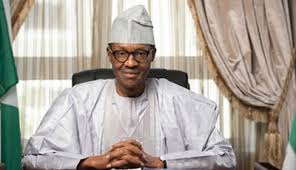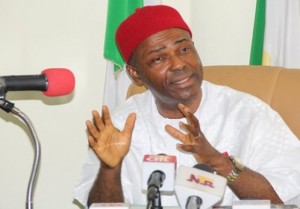
Gas Flaring In Nigeria To End By 2020, Oil Production Activities Slow Down
Speaking at th e opening of African Petroleum Congress and Exhibition (CAPE VI), organized by African Petroleum Producers Association, APPA, in Abuja, President Muhammadu Buhari, who was represented by Vice President Yemi Osinbajo, said the country was committed to ending gas flaring by 2020 and had plans to sign the United Nations Agreement of ‘Zero Routine Flaring by 2030’. He said: “In Nigeria, gas flaring amounts to about 23 billion cubic metres per annum, in over 100 flare sites constituting over 13 per cent of global gas flaring. “Nigeria is a member of the World Bank Global Gas Flaring Reduction (GCFR) Partnership and with the support of our legislature; we will sign the United Nations Agreement of ‘Zero Routine Flaring by 2030’ although our national target is 2020.” Also speaking, Minister of State for Petroleum Resources, Dr. Ibe Kachikwu, identified funding as one of the major challenges hampering the Nigerian oil and gas industry.
e opening of African Petroleum Congress and Exhibition (CAPE VI), organized by African Petroleum Producers Association, APPA, in Abuja, President Muhammadu Buhari, who was represented by Vice President Yemi Osinbajo, said the country was committed to ending gas flaring by 2020 and had plans to sign the United Nations Agreement of ‘Zero Routine Flaring by 2030’. He said: “In Nigeria, gas flaring amounts to about 23 billion cubic metres per annum, in over 100 flare sites constituting over 13 per cent of global gas flaring. “Nigeria is a member of the World Bank Global Gas Flaring Reduction (GCFR) Partnership and with the support of our legislature; we will sign the United Nations Agreement of ‘Zero Routine Flaring by 2030’ although our national target is 2020.” Also speaking, Minister of State for Petroleum Resources, Dr. Ibe Kachikwu, identified funding as one of the major challenges hampering the Nigerian oil and gas industry.
Oil production activities in Nigeria, Africa’s largest oil producer, is slowing down dramatically, as its rig deployment is now six, down from nine as at Friday. Although Nigeria produces just over two million barrels daily, but a lull in economic activities, occasioned by the crash in oil prices, is dampening exploration and production, E&P, activities in the country and many other parts of the world. Meanwhile, the Federal Government, yesterday, said the country was committed to ending gas flaring by 2020 and has plans to sign the United Nations Agreement of ‘Zero Routine Flaring by 2030.’
The implication for low rig deployment means that there will be less reserve addition, in view of the low rate of E&P, and will in turn impact on Federal Government’s production target of 2.6 million barrels daily, bpd, in the 2016 fiscal year, and 40 billion barrels in reserves by 2020. According to the Minister of State for Petroleum, Dr. Ibe Kachikwu, Nigeria currently produces about 2.2 million bpd, but with just six rigs active in the industry, growing production by adding 400,000bpd might be a herculean task. So far, Nigeria has persistently missed all set production targets due to lack of commitment to achieve results and policy somersaults, the last being the target of four million bpd and 40 billion barrels in reserves by 2010, which was later extended by another 10 years to 2020.

